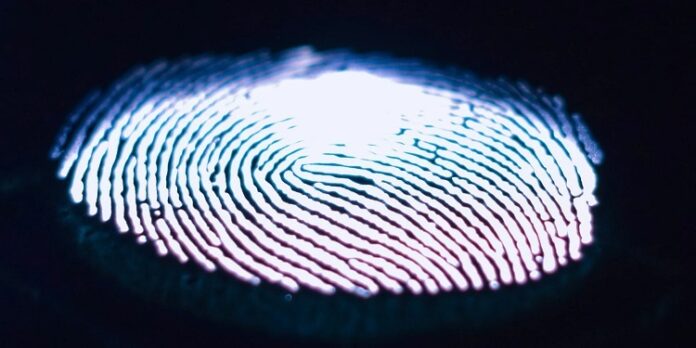If you are looking for information on how to use fingerprint-based background checks, you are in the right place. While there are many options available, you should understand the basics of the process before you start using it.
Table of Contents
Reprinting fingerprints
When it comes to a fingerprint-based criminal background check, reprinting your fingerprints is an excellent way to start over. This is the process of getting a fresh set of fingerprints sent to the F.B.I. However, it is essential to remember that reprinting your fingerprints will delay the completion of your application. In addition to reprinting your fingerprints, consider requesting a name-based search. Depending on the state you live in, this may be available. You will also want to inquire if you can submit your fingerprints on a physical card. If so, you must follow instructions to establish an appointment with your fingerprinting vendor. The fingerprinting process for people with disabilities can be a bit different. Applicants may need to wear gloves to keep their hands clean. Also, they may have to go to a Fingerprinting Center. These centers are specially designated law enforcement agencies. Some people with disabilities can get fingerprinted in their own homes. They must provide their name, date of birth, and disability. Additionally, their family members may need to fill out a request form.
Requirements for professional licensing
Fingerprint-based background checks are required for a variety of professional licensing purposes. The process may take anywhere from four to five weeks, but the results are usually available in less than 24 hours. Some professions, such as real estate agents, require a fingerprint-based background check to be completed as a prerequisite to getting licensed. Fingerprints are also used to obtain security clearances. Fingerprints can be taken at a government-operated service or a private company. The procedure is generally authorized under 28 U.S.C. 534, but some states and localities do not. Sometimes, a third party will search public records to determine the applicant’s background. They do so by using the date of birth and other demographic information. Although fingerprints are a great way to perform a crime-based background check, some applicants need help to obtain clear and sharp images. For example, applicants with rough skin may need assistance completing the process. You can also submit your fingerprints electronically. In the upcoming years, Idemia is set to transform the background check process. It will search public records by name and home address. When you have completed your background check, you can use your results to apply for jobs and start your career.
False positives
The false positive rate for fingerprint-based background checks is relatively low. However, in the context of employment screening, the quality, and quantity of information obtained from these checks significantly impact whether a decision is made favorably or unfavorably. In addition, a criminal record can lead to a disparate impact, as can incomplete or inaccurate data. For instance, an individual convicted of a crime is only sometimes listed in the F.B.I. database. This can create a misleading picture of the person’s history. As a result, it is essential to use accurate data when making a hiring decision. While a fingerprint-based background check can reduce turnover and eliminate the risk of false positives, it can also create a negative impression about a potential employee. Because of this, it is essential to supplement it with name-based searches. Name-based checks are faster and more comprehensive than fingerprint-based background checks. These searches compare an applicant’s identity to criminal records. They are not the gold standard in background checks. Although effective, they can produce more false positives than fingerprint-based checks.
Incomplete or inaccurate data can lead to discrimination
If you’re interested in getting a job, there are some essential things to know about submitting accurate and up-to-date information on your application. You should know the consequences of submitting inaccurate information, including unintentional discrimination and legal liability. While a fingerprint-based background check can screen applicants for certain professions, it can sometimes be inaccurate. A report from the F.B.I.’s Integrated Automated Fingerprint Identification System (IAFIS) is an example of a screening report that may need to be completed, updated, or simply inaccurate. These errors can lead to disparate impact discrimination or put your organization at risk for legal liability. The Equal Employment Opportunity Commission (EEOC) enforces federal employment discrimination laws. It has issued guidelines to avoid these types of issues. As a general rule, fingerprint-based background checks should be used only when there’s a compelling reason for the applicant to be searched. In addition, you must get accurate information from a third party. There are many sources of free criminal records online, but they often are not reliable or compliant with federal or state laws. Some employers judge whether to accept or reject an applicant based on non-critical data. For instance, if an employer can verify that an applicant worked for most of their prior employers, they might be willing to overlook some details in the first or second employer’s report. However, if the applicant has a history of arrests, they should be checked through all relevant databases.




